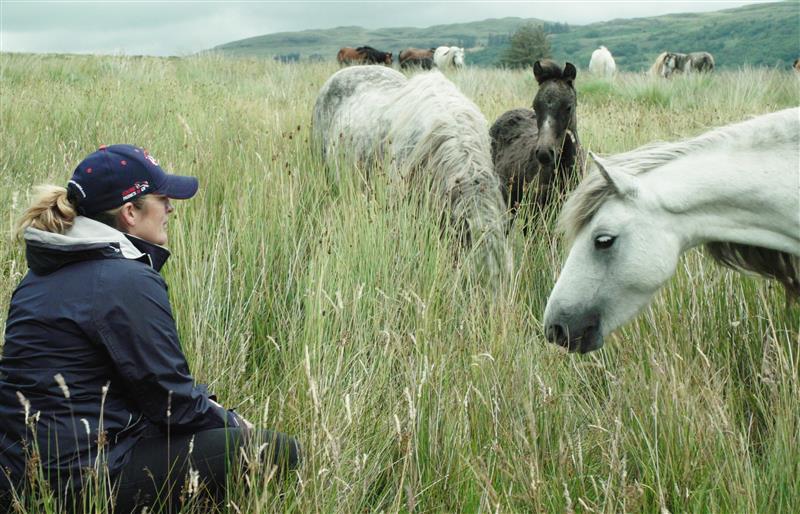There are a range of plants that are poisonous to horses that can be commonly found in their pastures, or that they can come in to contact with on hand walks or out hacking. It’s important that horse owners can identify them and know how to manage them to prevent their horses from becoming ill. Some poisonous plants are so toxic, that even ingesting a small amount of them can prove fatal.
Signs your horse may have been poisoned include:
- Drooling
- Lethargy
- Lack of coordination
- Collapsing
- High heart rate
- Sweating
This list is not exhaustive, and symptoms will vary based on the plant ingested.
It’s important to not only check the pastures where your horse is grazing for poisonous plants, but also any hedgerows bordering your fields, any areas that aren’t grazed such as field margins, any areas of rough grazing or pastures that have been rested.
Different plants can be found in different habitats and will have preferences regarding soil type, sun exposure and moisture. We have outlined the key features of some common poisonous plants in the list below. You can also download out poisonous plants identification guide, which can be found at the bottom of this page.
Can grow up to 2m in height and has large triangular fronds that die back in winter. Bracken can be found in heathlands, woodlands, hillsides and moorland habitats. It prefers sandy, well-drained soils. 
Can grow up to 50cm in height and has small yellow flowers with 5 petals and lobed leaves. Buttercups can be found in meadows, woodlands and verges. Buttercups prefer well-drained, moist soils. 
Common box is also known as wild box. It can grow up to 8m tall and has oval, dark evergreen, waxy leaves. It can be found in gardens and woodland. It prefers a moist, loamy soil. 
Cowbane can grow up to 2.5m in height and has hollow stems with triangular leaves that have 2-4 divisions and has white flowers in clusters that are like another plant, cow parsley. Cow parsley is safe for horses to eat and to tell cowbane and cow parsley apart you can look at the stem. Cowbane has purple spots and streaks near the base of its stem and can be found near shallow water, streams, ditches, rivers and lakes. 
Cuckoo Pint has many common names, the most well-known of which is Lords-and-ladies. It can grow up to 45cm and has arrow shaped leaves, small yellow flowers and orange berries. It is commonly found in woodlands and hedgerows, and prefers moist, well-drained soils. 
Can grow up to 2m in height and grows black berries, has bell shaped green and purple flowers and oval leaves with pointed tips. Deadly nightshade can be found in scrubland and woodland habitats. It prefers chalk soils that have been disturbed.
Can grow up to 2m in height and is characterised by funnel-shaped flowers with large, hairy leaves at its base. Foxglove can be found in gardens, woodlands, scrubland, hedgerows and on coastal cliffs. It prefers shaded areas with free draining, clay or sand soils. 
Popular advice in Environment

Winter horse care tips
Read our advice on how to care for your horse during winter, including our top ten tips on winter horse care.

Pasture management for horse paddocks
Find out how to manage your paddock for the health of your horse, pasture and soil.
Other advice categories
All webinar categories:
Call our Advice Line
+44 (0)1953 497 238Not found the advice or answer you were looking for here? Then our Advice Line is available during office hours, or you can email us on [email protected] to let us know what topics you were looking for.


